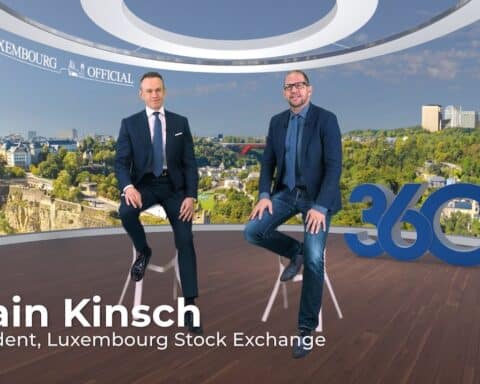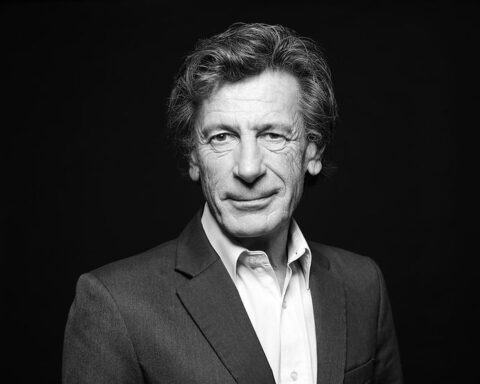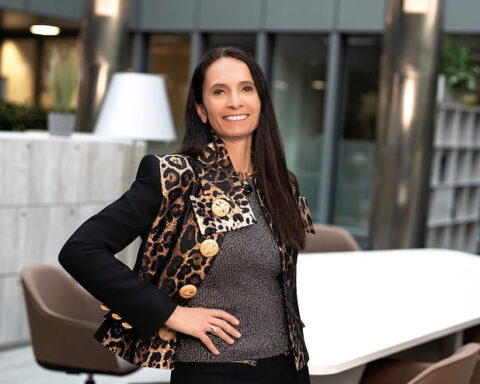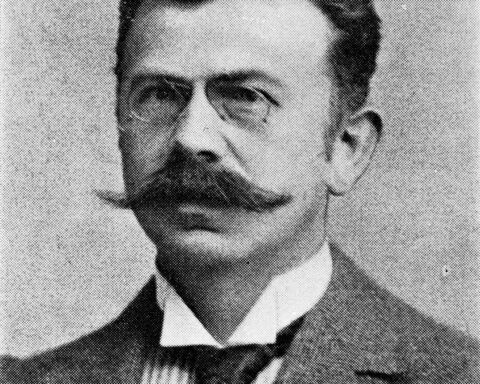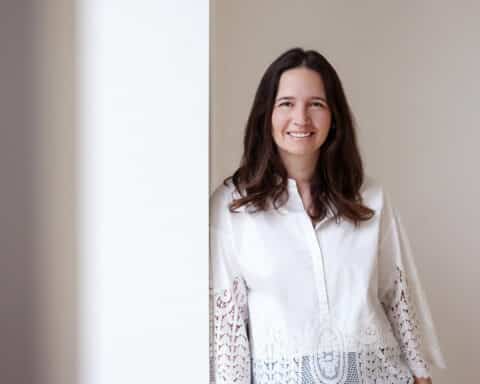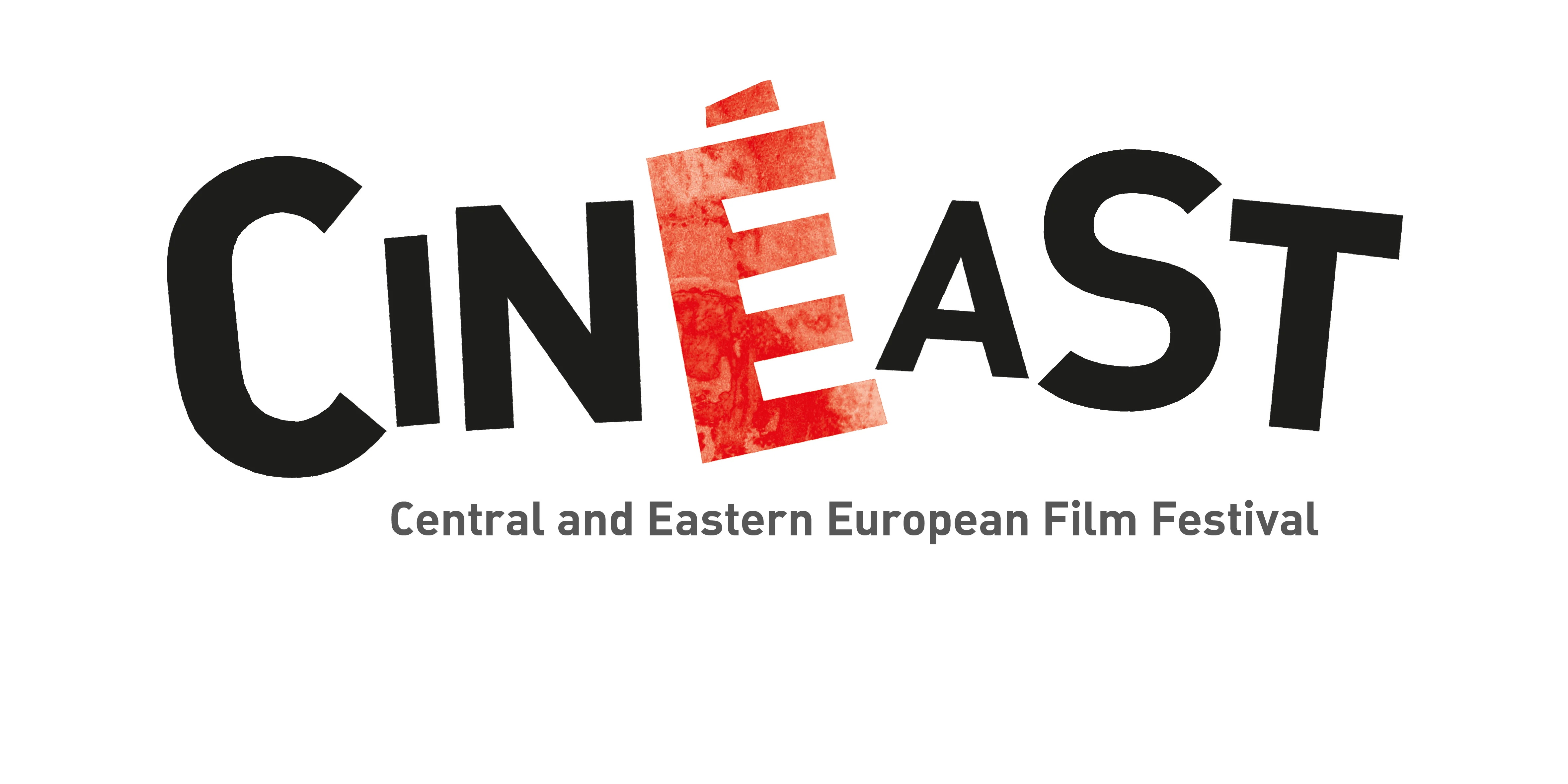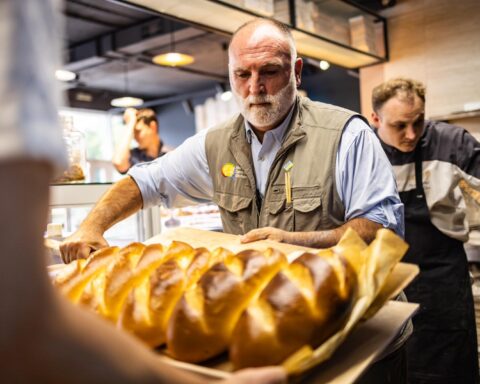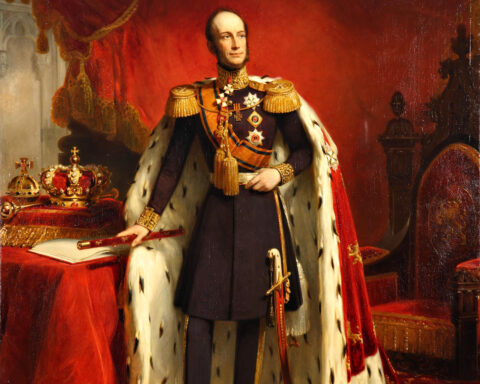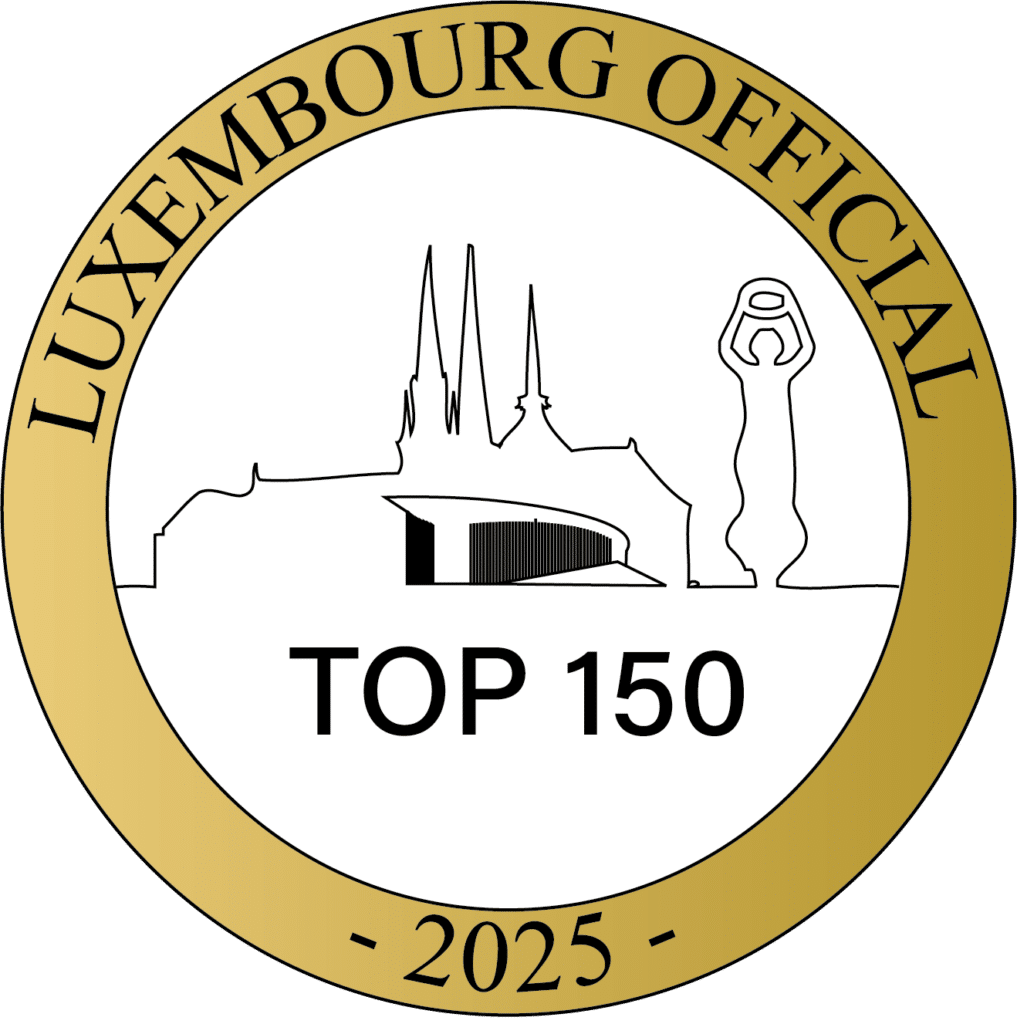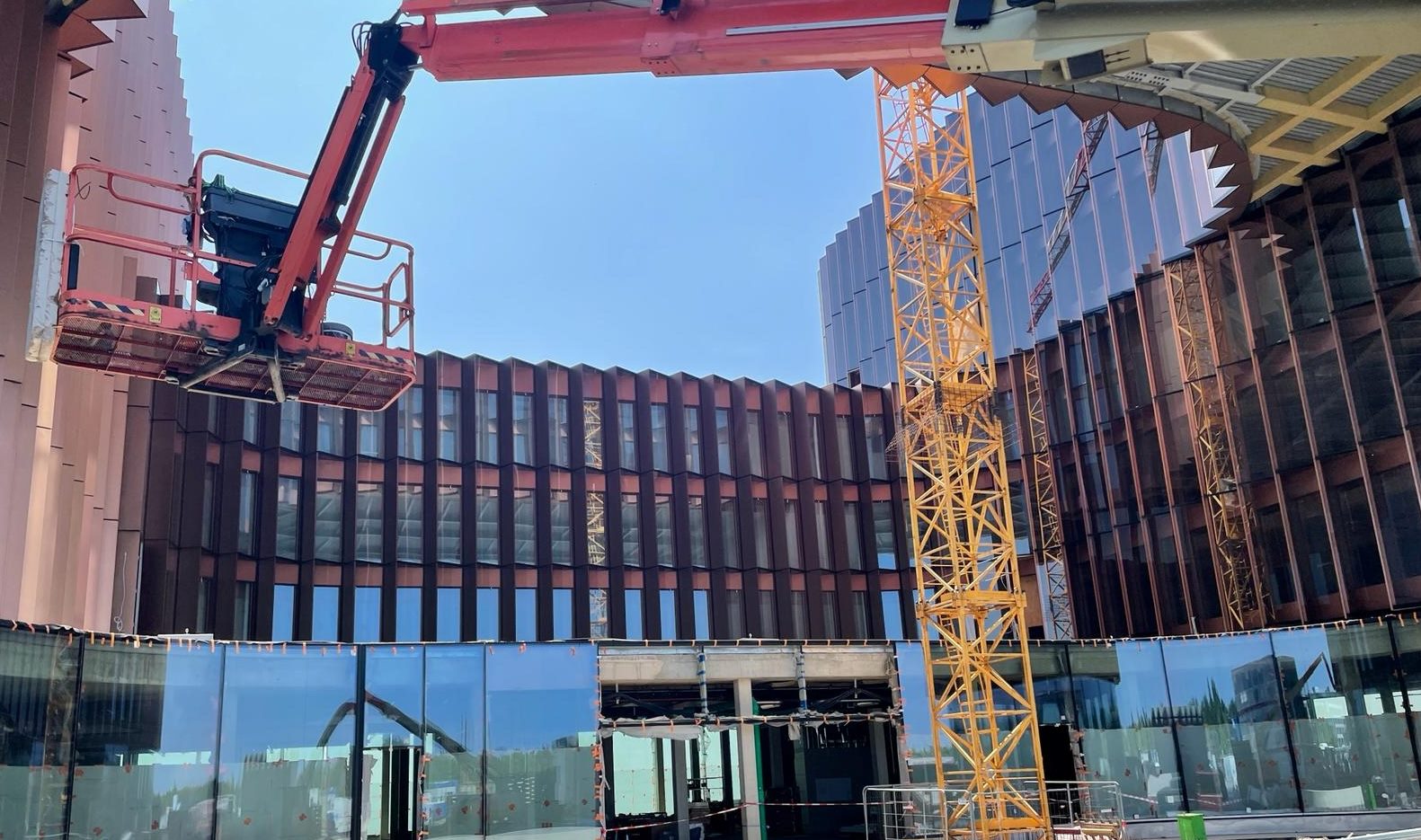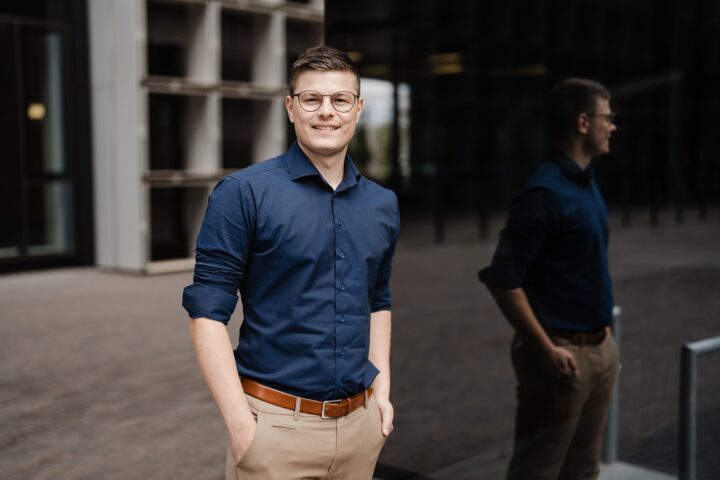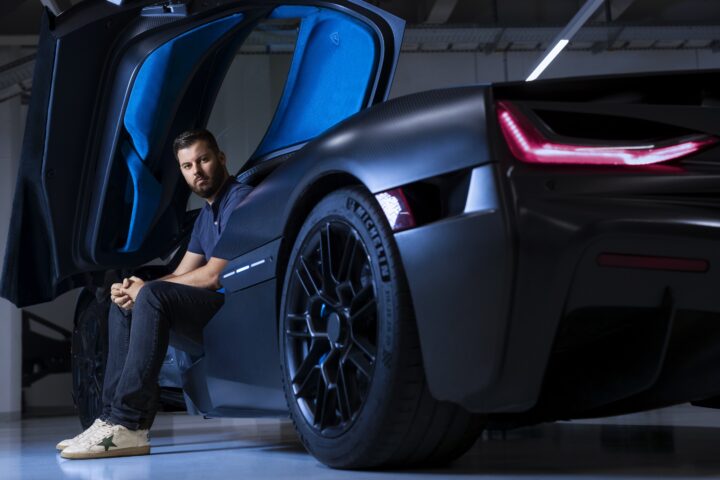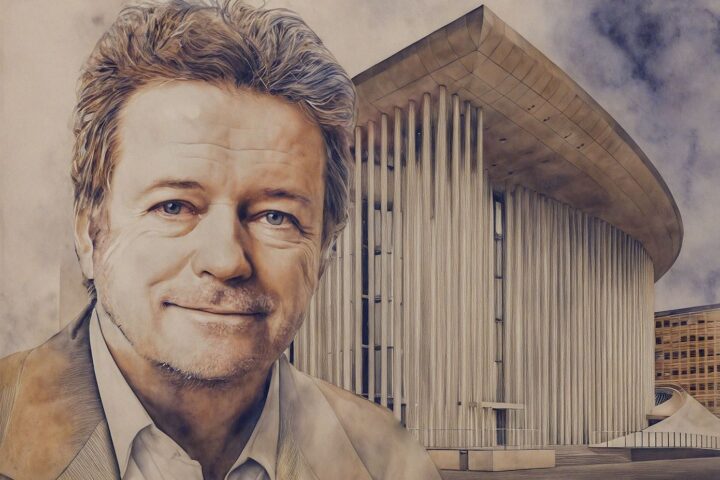Luxembourg Airport’s Skypark will open this year as a bold statement about the future of Luxembourg. The architects, Bjarke Ingels Group (Known as BIG) will deliver a complex they say will combine ultramodern and elegant design based on the sustainable principles that will be the foundation for the future.
What is Skypark? Skypark is a timber-topped, seven-story complex in Findel, adjacent to Luxembourg Airport. The design of Skypark comprises two stacked and rotated zig-zagging bars. This creates a wide range of outdoor spaces including green terraces that are accessible every fifty meters and intimate courtyards. The design also allows for highly flexible interior space: Every user will have unobstructed, panoramic views either over the airport runway or the Grand Ducal Golf Course. The complex incorporates plans for a business center, restaurants, and a Moxy hotel belonging to the Marriott International group. The hotel will include 130 bedrooms, an open-air terrace, and a central bar. The Minister for Mobility has announced a tram line will link Skypark to the airport. Commissioned in 2018, Skypark is expected to open fully by the end of this year.
Who built Skypark? Skypark was commissioned by lux-Airport the operator of Luxembourg Airport at Findel as part of the Airport City Masterplan. The designers of Skypark are the Danish architects Bjarke Ingels Group (also known as BIG). BIG boasts a huge international portfolio of completed projects ranging through architecture, engineering, landscape, and planning. These span sectors including culture, hospitality, residential infrastructure, sports, and health. They have been completed across America, Europe, Asia, and even the Moon! BIG was chosen for the Skypark project in large part because of its track record of environmental inclusion in its projects.
What is the BIG approach? When Skypark is complete it will be one of the largest wooden structures in the world. The complex will have a timbered roof planted with greenery and energy-saving features in a building that is looking for the future demands of the environment. BIG bases its designs on the United Nations’ seventeen Sustainable Development Goals. The firm has grown over the past two decades from its founder to a workforce of 700. They believes in holistic thinking in which no single person holds the solution. BIG says its team does not wish to be defined by individual talents or skill sets. It seeks rather to be judged by its capacity to pool skills in its engagement with scientists, engineers, biologists, politicians, and entrepreneurs. BIG’s objective is to combine skill sets and perspectives, knowledge and sensibility, to meet the complexity of the challenges the world faces.

